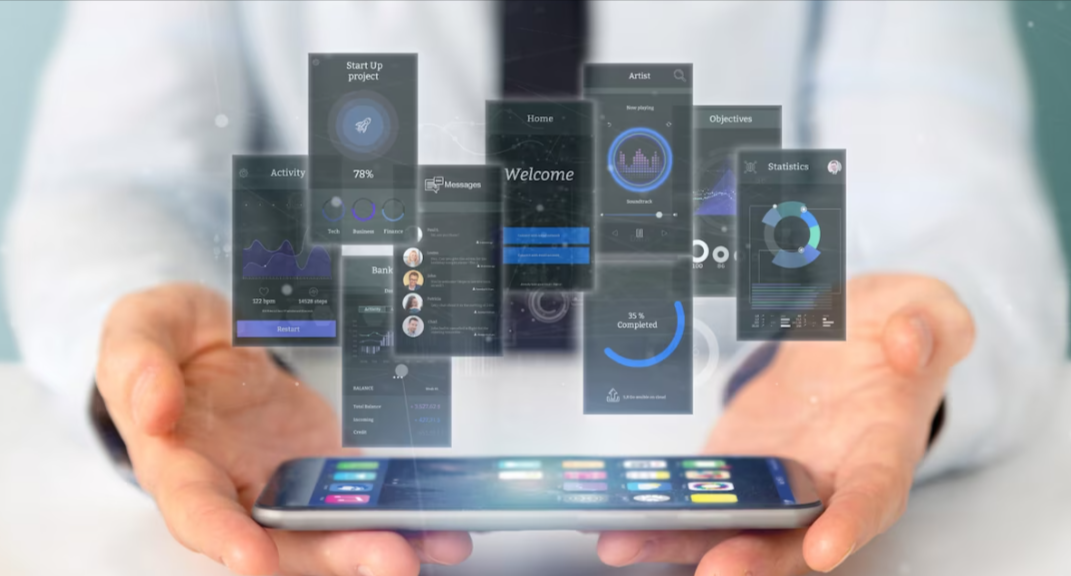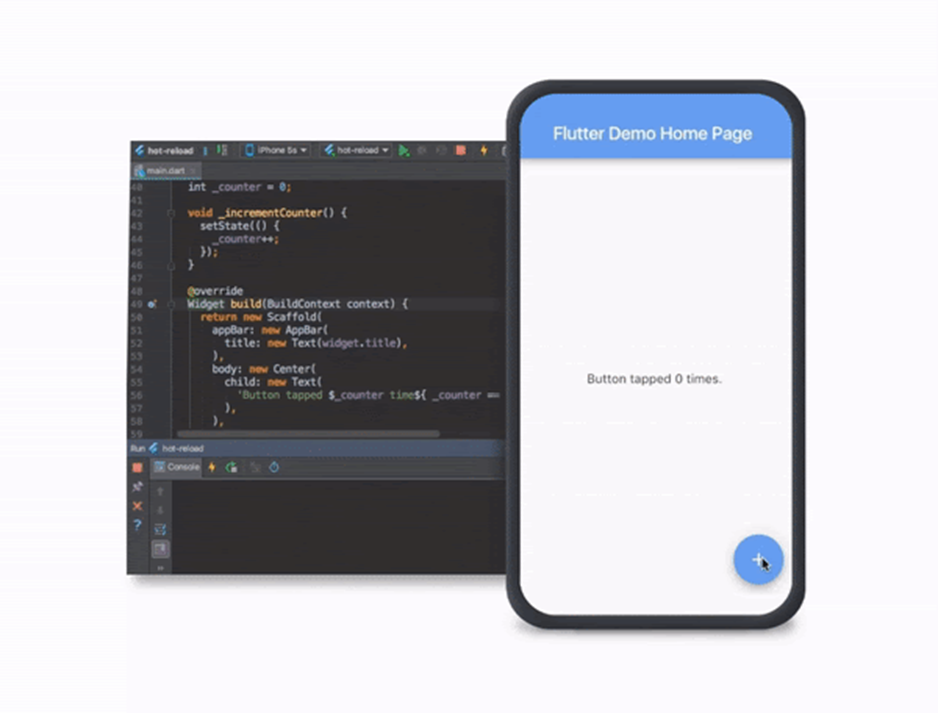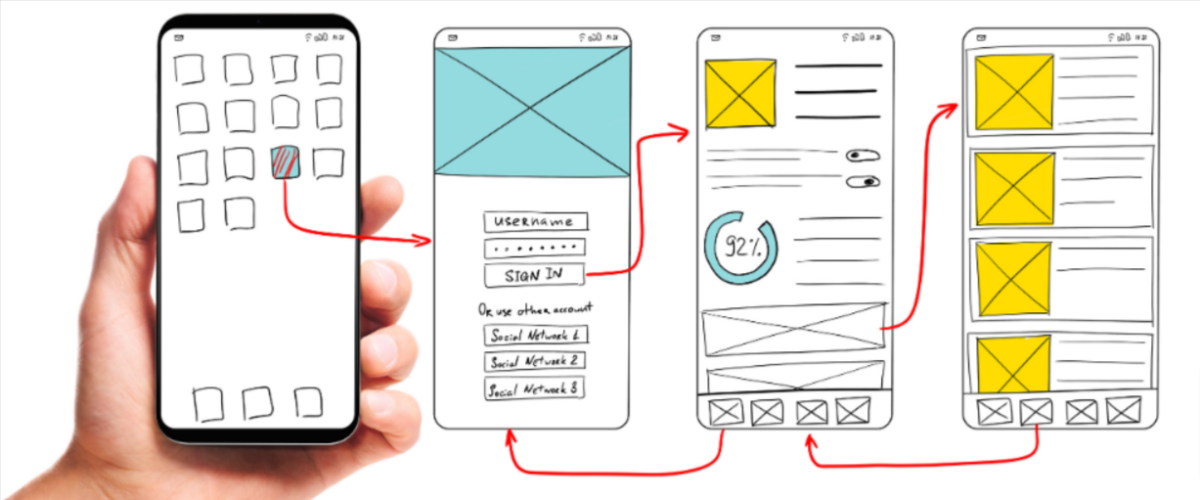At every stage of their interaction with a brand, customers anticipate a remarkable journey. While ensuring a positive, seamless, and reliable customer experience on a large scale is crucial for business success, it comes with its set of difficulties.
In exceptional customer experience. Furthermore, 64% are inclined to endorse your brand when their experience is exceptional, resulting in a boost in word-of-mouth marketing and a greater return on investment.
The realm of customer experience (CX) has evolved into an essential element of contemporary marketing and sales. Businesses are now dedicated to meeting elevated consumer expectations and enhancing overall lifetime value. Over 40% of data analytics efforts are channeled into refining the customer experience, and rightfully so. Marketers require abundant information to ensure optimal ROI at every juncture.
This guide will equip you with a comprehensive understanding of customer experience. It will delve into its definition, significance, differentiation from customer service, characteristics of positive and negative customer experiences, and the necessary strategies to deliver exceptional CX. Specifically, the forthcoming sections will address:
What Constitutes Customer Experience?
Customer experience, often referred to as CX, encompasses all the engagements a consumer has with a brand, spanning various channels and departments. It encapsulates their overall perception of these interactions.
It’s crucial to grasp that customer experience is a dynamic relationship developed gradually through a series of engagements spanning across different organizational efforts and divisions. It encompasses a consumer’s judgment of how these interactions are executed and whether they perceive them as favorable. This encompasses the entire journey from initial introduction through the sales process to ongoing customer support.
Every point of contact presents an opportunity for a company to leave an impression on the customer and cultivate a connection that fosters subsequent actions, such as making a purchase, staying loyal, or making referrals. Delivering exceptional CX sets your brand apart and fosters customer allegiance.
Distinguishing Customer Experience from Customer Service?
It’s a common misconception to conflate customer service with customer experience, yet they are intricately connected. Customer service constitutes a component of the broader customer experience, as crafting a positive and captivating customer experience necessitates the provision of excellent customer service.
Customer service is, by definition, the act of offering guidance and support to potential and existing customers regarding products and services. This encompasses a spectrum of activities, ranging from interactions with live support agents to online resources, such as frequently asked questions. Notable facets of superior customer service encompass prompt responses, user-friendly access, and interactions that exude positivity and helpfulness.
Customer experience builds upon these support endeavors and elevates them, instilling motivations for customers to initiate or uphold their relationship with a brand. Support teams can leverage insights from a customer’s entire journey with the company to comprehend their experience and provide pertinent information to streamline the support process itself. All of this can be facilitated through dedicated systems that facilitate cross-departmental communication — an essential factor in managing customer experience — in a feasible and efficient manner.

The Significance of Customer Experience
Customer experience stands as a vital linchpin in business operations, exerting profound influence over pivotal metrics like net new sales, customer retention, and lifetime value. Customers harboring unfavorable perceptions or undergoing negative interactions with a brand are less inclined to sustain their business relationship with that company.
Remarkably, a staggering 95% of consumers share their adverse experiences, disseminating them within their personal circles or broadcasting them widely through social media platforms and review websites. Conversely, the encouraging aspect is that 87% of customers are equally prone to spreading positive experiences to others.
The impact of CX extends beyond mere referrals and endorsements. It wields a substantial effect on brand loyalty, as evidenced by 66% of customers affirming that commendable CX fosters loyalty to a brand — surpassing the combined influence of pricing and branding. Individuals who forge a connection with a brand, sensing active engagement, are more likely to initiate and uphold their customer status, thereby augmenting their overall contribution to the company’s longevity. This, in turn, can lead to decreased marketing expenditures and heightened ROI, both integral components of a thriving business model.
In competitive market landscapes, customer experience can serve as a distinct discriminator. In scenarios where products or services exhibit apparent similarities, a user’s engagement with a brand and the brand’s reputation can act as the decisive factor influencing purchase decisions.
It’s intriguing to observe that while customer experience spans a diverse array of departments — encompassing product development, sales, marketing, support, and more — a noteworthy 25% of organizations are projected to unify their customer experience approach with marketing and sales into a singular function by 2023. This cohesive strategy might propel interactions and experiences with a brand toward a more streamlined operation, concurrently amplifying prospects for tailored communication and curated content.
The Drawbacks of Inadequate Customer Experience
An unsatisfactory customer experience can manifest as a distinct differentiator in an alternative manner. Companies experience a staggering loss of $136.8 billion in sales annually due to preventable churn, a consequence often arising from a negative customer experience. It’s crucial to underscore that CX extends beyond customer service. The entirety of the customer journey should be considered, examining potential stumbling points where users or buyers might encounter disillusionment, frustration, or inconvenience — subsequently seeking avenues for enhancement and increased efficiency.
Instances of subpar customer experience can initiate from marketing content. Brands must ensure the availability and accessibility of their information across all devices. Given that almost 73% of purchases are made via mobile devices, if landing pages and website content are not user-friendly, seamless, and responsively designed, consumers are likely to exhibit impatience and pivot to a competitor.
However, that’s merely the tip of the iceberg. Additional examples of strategies and processes capable of inducing a negative CX encompass:
- Inaccurate or impersonal marketing communications
- Underwhelming products or services
- Unsatisfactory customer support encounters
- Inadequate customer feedback mechanisms
- Complications in the purchasing process
- Concerns regarding online personal security
What is customer experience management?
Customer experience management, also known as CXM, is the approach a company takes to improve consumer satisfaction with goods and services, often by leveraging technology to track and monitor interactions. After all, with so many components of the customer journey impacting how a consumer perceives, interacts with, and appreciates your brand, marketers would be hard-pressed to manage the process without the right technological tools.
Customer experience includes every interaction a customer has with your brand, both online and off. Providing excellent CX will differentiate your brand and build customer loyalty.
Part of this management is monitoring and personalizing engagements with the customer along their way. The experience begins from the minute the customer sets eyes on a brand. Marketers must consider those first impressions and how to clearly establish calls to action that are engaging and pertinent. Nurturing programs through marketing automation and customer success platforms can help further entice on-the-fence consumers to take action with personalized messaging and promotions that grab their interest.
Once a prospect converts to a customer, CXM ensures they remain aware of the value-added services, products, and support that are available to keep them satisfied with and loyal to the brand. Customer experience platforms regularly provide updates, engagement messaging, and marketing campaigns specifically designed to keep consumers’ interest for the long term. Combined with reliable, high-quality products and services, excellent customer support, and engaging marketing materials, CXM helps businesses gauge their successes and spot issues before they arise, crafting touchpoints that engage and optimize along the way.
Crafting a Strategy for Customer Experience
Devising a customer experience strategy involves adopting a holistic perspective on the customer journey. Commence by identifying pivotal touchpoints that potential customers encounter when engaging with a brand during the process of acquisition. Assess their expectations for a captivating experience and juxtapose those against the existing processes within the company. This exercise aids in identifying areas for enhancement to fortify the customer experience, particularly during the critical initial phase where drop-offs might occur.
Implementing a customer experience management system furnishes essential data points indispensable for building a robust strategy. Customer relationship management (CRM) systems proffer insights into a spectrum of interactions, spanning from filed cases to email exchanges. Marketing automation tools can unveil which email communications resonate with the target audience and which do not, presenting statistics on metrics like open rates, read rates, and click rates, among others.
It’s essential not to overlook customer data derived from alternate sources. Consumer behaviors, encompassing purchasing history, transaction sizes, and referrals, offer marketers valuable insights into the effectiveness of messages, initiatives, and profiles. Those that fall short can be refined and analyzed to comprehend reasons for underperformance and identify areas where customers disengage, thereby further optimizing the customer experience.
Customer profiles and buyer personas stand as pivotal components in this endeavor. Grasping who to target and how to do so can wield a substantial impact on the efficacy of campaigns. Customer profiles can be formulated based on purchasing behaviors and significant demographics, permitting further segmentation of target lists into personalized subsets that might exhibit heightened receptivity to specific messages. Ultimately, the goal is to ensure that the customer’s interaction with the brand stands unparalleled.
Illustrations of Customer Experience
By now, it should be evident that customer experience revolves around the perception a potential or existing consumer develops about a business. While cultivating and sustaining positive sentiments requires time and patience, even a single unfavorable interaction can imprint a negative impression, inflicting substantial harm to your brand’s reputation.
A notable instance of fostering affirmative engagement with customers and gathering crucial feedback is through the implementation of surveys. Brands should present diverse avenues for customers to contribute their insights, whether via a swift rating following a recent purchase or a comprehensive survey concerning their interactions with support team members. Such approaches keep users connected to the brand and lend them a sense of being acknowledged regarding their preferences and requirements.
Another avenue for customer engagement involves harnessing artificial intelligence (AI). Brands are progressively employing AI to offer resources like chatbots for customer interaction. AI frequently yields swifter outcomes than human interaction, while also having the capacity to seamlessly integrate with a CRM or CXM system to deliver personalized responses.
Nonetheless, marketers and companies must ensure that technology doesn’t supplant personal or human interactions. The data reinforces this perspective. Over 75% of consumers prefer to engage in phone conversations with live support representatives rather than sifting through online knowledge bases for answers. If a marketer’s target audience aligns with this inclination, their approach to the customer journey and experience should be meticulously tailored to cater to these specific preferences.

Measuring Customer Experience: A Practical Approach
Once a strategy is firmly established, it becomes essential for marketers to gauge the effectiveness of their customer experience initiatives. A range of metrics exists to render these outcomes tangible and actionable. By quantifying their CX endeavors, marketers can monitor advancement, identify avenues for enhancement, and assess the return on investment (ROI) of specific campaigns.
Here are just a few instances of customer experience metrics that can be monitored effectively with a suitable management system:
- Revenue Growth: Draw a comparison between different timeframes, be it monthly, quarterly, or annually, to ascertain whether a company is making positive strides. To calculate, subtract the revenue of Month A from that of Month B, divide by the revenue of Month A, and then multiply by 100. This furnishes the percentage revenue growth rate.
- Customer Churn: This metric gauges the rate at which customers are discontinuing the usage of a product or service. Compute by dividing the number of lost customers during a specific period by the total number at the outset of that period. Multiply the result by 100 to yield the percentage churn rate.
- Net Promoter Score: Reflecting the likelihood of customers to recommend a brand, product, or service on a scale of 1 to 10, this score is valuable for tracking shifts in customer perception over time.
- Customer Effort Score: This score assesses the effort a customer must invest to resolve an issue or receive answers to inquiries. Marketers can evaluate this using a survey scale that prompts customers to rate their experience.
- Customer Satisfaction Score (CSAT): Employed to gauge customer contentment with a product or service interaction, CSAT involves surveying customers about their satisfaction level. Divide the total number of satisfied responses by the overall responses collected, and then multiply by 100 to obtain the CSAT score.
These metrics collectively equip marketers with insights to comprehensively understand the impact and efficacy of their customer experience endeavors.
Embarking on Customer Experience Enhancement through Tools
Customer experience (CX) is a pivotal factor in achieving business triumph, especially in today’s landscape where customers freely and frequently share their feedback online and explore alternative products and services.
Both marketing and operational teams must accord priority to customer experience, recognizing that it encompasses all interactions an individual has with a brand, extending beyond just customer support requests. A misguided email campaign or a flawed service call could potentially trigger a customer’s departure from a brand. By enhancing customer experience through methods like personalization, analysis, and cross-departmental collaboration, companies position themselves more effectively for success, customer retention, and return on investment (ROI).
When the time is ripe to elevate CX within your organization, commence by scrutinizing the customer journey and pinpointing any friction points or zones in need of enhancement. Subsequently, your quest entails identifying the optimal tool to facilitate the provision of outstanding customer experience.
Teknoverse stands as a catalyst for real-time customer interactions. It empowers you to scrutinize the customer experience data of substantial significance, train AI and machine learning models, and establish connections across all your CX technologies via a unified source of verity.
Leveraging Teknoverse, marketers can forge comprehensive and accurate customer profiles that underpin pertinent experiences for each individual. This spans messaging, promotions, sales, and support. Every aspect is meticulously tracked and consolidated in one location, streamlining team information sharing and centralizing the metrics indispensable for gauging success.






